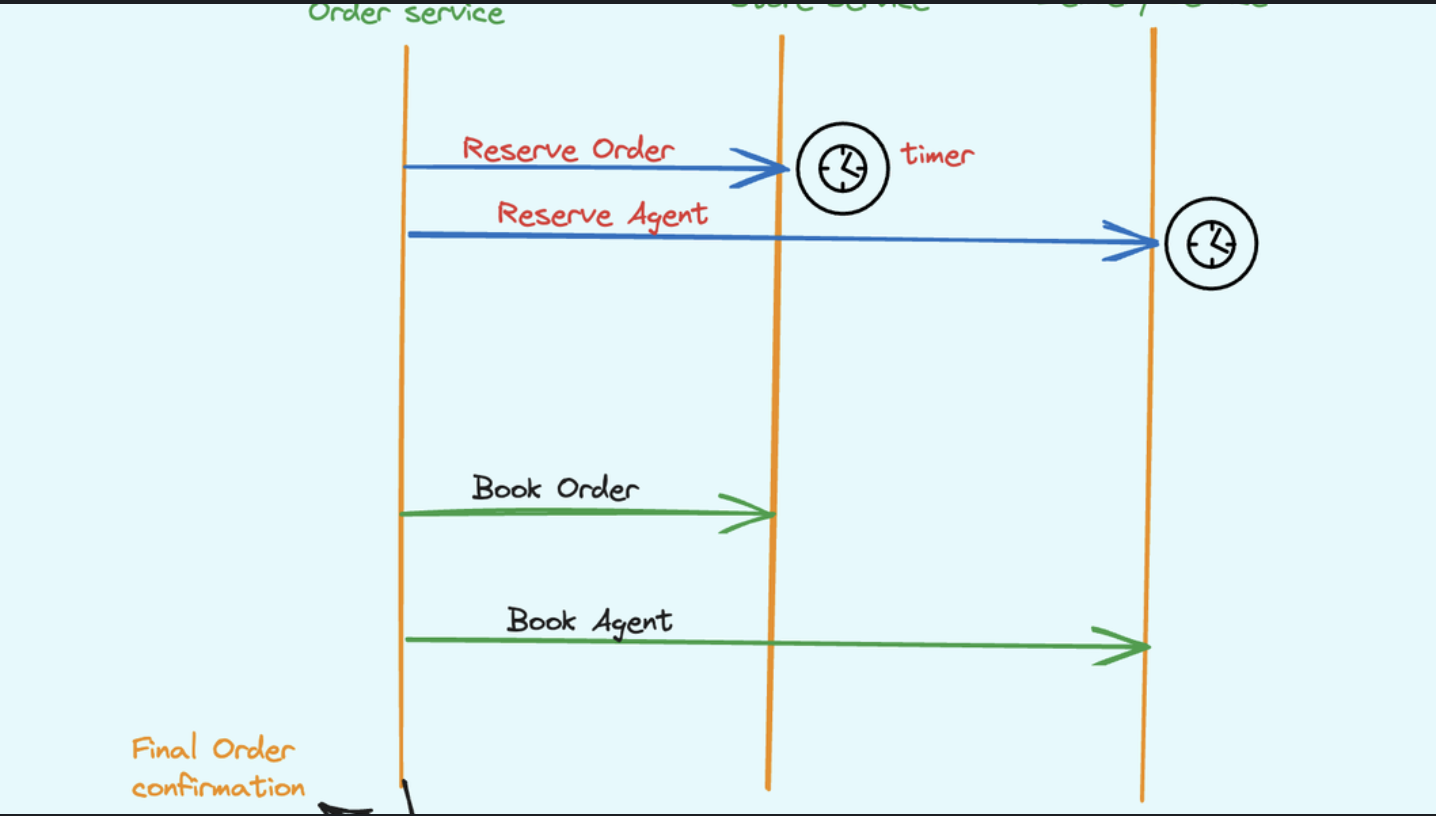Redis, the in-memory data store, has carved a niche for itself in the world of caching and databases. One of its defining characteristics might seem counter-intuitive at first glance: it’s single-threaded. In the age of multi-core processors, where concurrency is king, why would a high-performance data store like Redis choose this seemingly limiting approach?
This edition#92 we will deep dive into the reasoning behind Redis’s single-threaded architecture, exploring the advantages it brings and the techniques it employs to achieve remarkable performance despite the single thread constraint.
Simplicity is Beauty: The Benefits of a Single Thread
Imagine a bustling kitchen. A single, skilled chef (the thread) can handle all the orders efficiently, focusing on one dish at a time. This translates well to Redis. A single thread simplifies the codebase, making it easier to maintain and debug. With multiple threads, complex synchronization mechanisms are necessary to prevent data corruption when multiple threads access the same piece of data. These mechanisms can introduce bottlenecks and make reasoning about program behavior more challenging.
By being single-threaded, Redis avoids these complexities. The code is cleaner and easier to understand, leading to a more stable and reliable data store.
I/O Reigns Supreme: Where Threads Wouldn’t Help
Let’s revisit our kitchen analogy. The chef (the thread) might be highly skilled, but if they’re constantly waiting for ingredients to be delivered (data waiting for network I/O), adding more chefs wouldn’t magically speed things up. This is the core principle behind Redis’s single-threaded design.
In Redis, the primary performance bottleneck often lies in network I/O or memory access, not CPU processing itself. When a client requests data, Redis might need to retrieve it from the network or perform operations on memory. These operations are inherently slower than CPU calculations.
Adding more threads wouldn’t significantly improve performance in this scenario. In fact, the overhead of context switching between multiple threads could even slow things down. Each time the CPU switches between threads, it needs to save the state of the current thread and restore the state of the new thread. This context switching adds overhead that can negate any potential gains from multiple threads.
I/O Multiplexing: The Secret Weapon of a Single Thread
So how does a single thread manage to handle multiple clients efficiently in Redis? The answer lies in a technique called I/O multiplexing. Imagine our chef (the thread) has a walkie-talkie (the event loop) that can listen to multiple channels (client connections) simultaneously.
When a client requests data, instead of the thread waiting for the data to arrive, it can focus on other tasks. The I/O multiplexing system constantly monitors the status of all client connections. As soon as data arrives from a client (or becomes available on the network), the I/O multiplexing system informs the thread (via the walkie-talkie) through an event. The thread then handles the data for that specific client.
This approach allows the single thread to efficiently manage a large number of client connections without wasting time waiting for I/O operations to complete. The thread is constantly busy processing events and handling data as it becomes available.
Scaling Up with Multiple Instances
While Redis is single-threaded, it can still leverage the power of multiple CPU cores. Here’s the trick: we can run multiple independent Redis instances on a single server. Each instance has its own dedicated thread and memory space, allowing it to handle its own set of clients and utilize a separate CPU core. This effectively scales Redis horizontally, providing increased throughput and handling more concurrent requests.
Beyond Simplicity: The Performance Edge of Single-Threaded Redis
Redis’s single-threaded architecture offers several performance advantages:
-
Cache Line Friendliness: Modern CPUs operate on cache lines, which are small chunks of data fetched from memory. A single thread can efficiently utilize the CPU cache, minimizing the number of cache misses that occur when data needs to be retrieved from main memory. With multiple threads, cache invalidation and coherence become more complex, potentially leading to more cache misses and slower performance.
-
Reduced Lock Contention: In a multi-threaded system, locks are often used to prevent data races (situations where multiple threads access the same data concurrently and potentially corrupt it). These locks can become bottlenecks, especially for frequently accessed data. By being single-threaded, Redis eliminates the need for complex locking mechanisms, improving performance.
Sample Code
import redis
# Connect to the Redis server
client = redis.Redis(host='localhost', port=6379)
# Set a key-value pair
client.set('name', 'Alice')
# Get the value for the key
value = client.get('name')
# Print the retrieved value
print(f"Value for key 'name': {value}")
# Close the connection
client.close()
Above Python code snippet uses the redis library to connect to a local Redis server (assuming it’s running on the same machine). It then performs the following operations:
-
Connects: Establishes a connection to the Redis server on localhost and port 6379 (the default port for Redis).
-
Sets a Key-Value Pair: Uses the set function to store the value “Alice” under the key “name”.
-
Gets a Value: Retrieves the value associated with the key “name” using the get function.
-
Prints the Value: Displays the retrieved value (“Alice”) on the console.
-
Closes the Connection: Ensures a clean shutdown by closing the connection to the Redis server.
This snippet showcases a basic interaction with Redis using a single-threaded client. Even though the client itself is single-threaded, it can efficiently communicate with the single-threaded Redis server due to Redis’s use of I/O multiplexing.
Bonus for Next Edition:
When Might Multi-Threading Be Considered?
While Redis thrives on its single-threaded design, there are some scenarios where multi-threading might be considered:
- CPU-Bound Workloads: If a significant portion of Redis operations involve complex CPU calculations, then multi-threading could potentially improve performance. However, this is uncommon for typical Redis use cases.
- Background Tasks: If Redis needs to perform long-running. 💡



